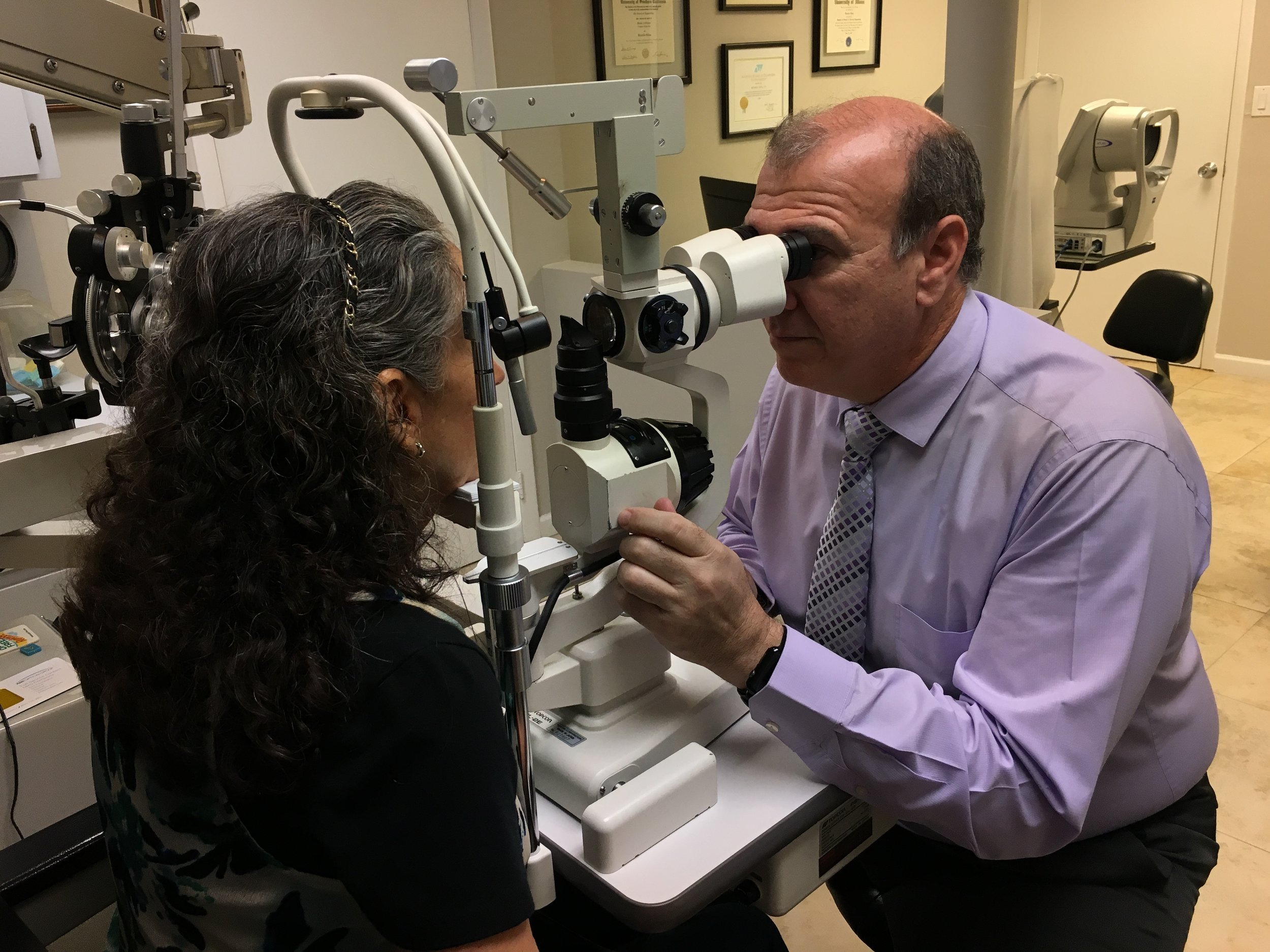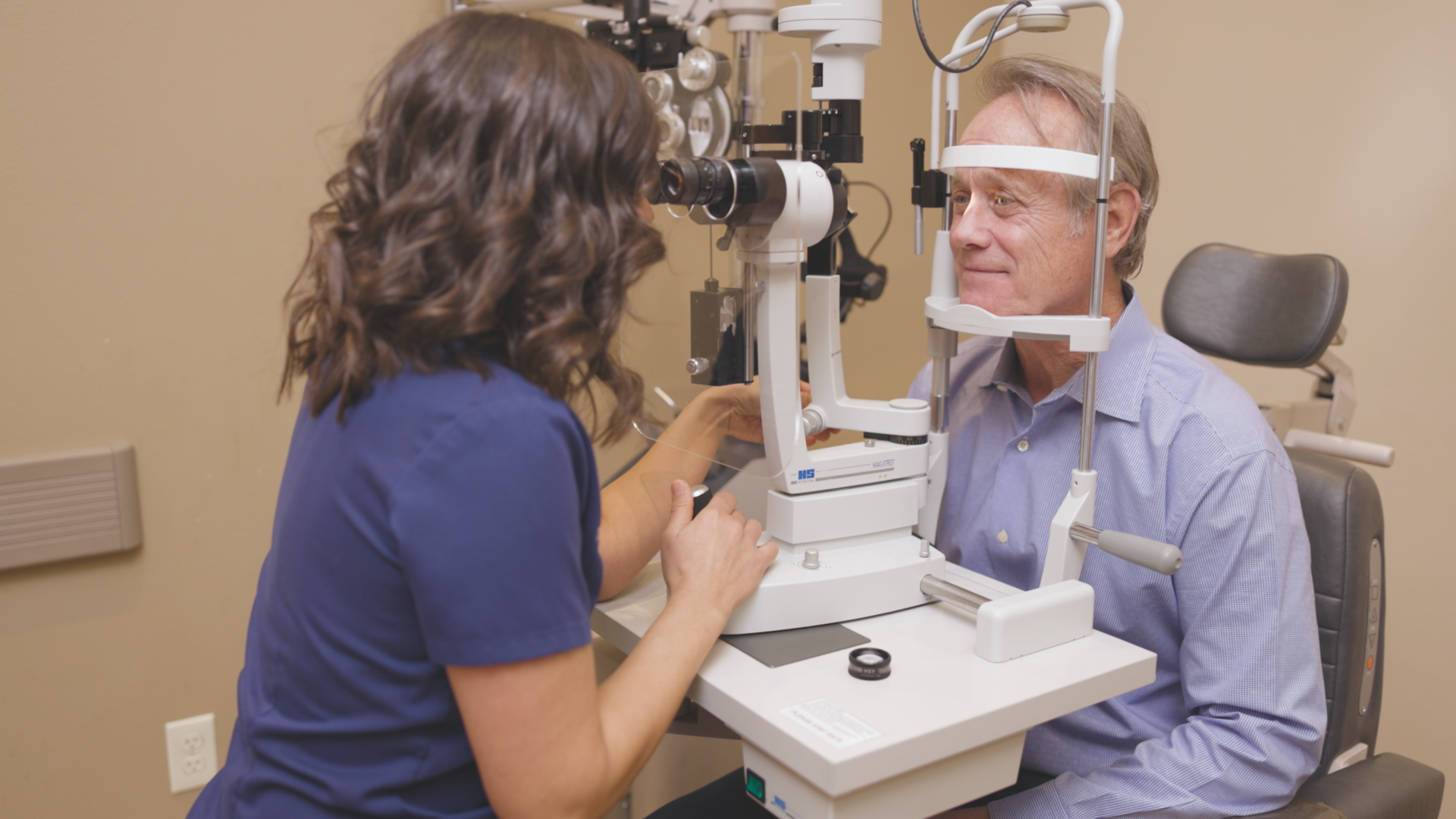Check Out the Best Optometrist Chino for Comprehensive Eye Care
Check Out the Best Optometrist Chino for Comprehensive Eye Care
Blog Article
Exploring the Latest Technical Developments in Optometry and What They Mean for Optometrists
In the ever-evolving area of optometry, recent technological innovations are reshaping exactly how experts come close to eye treatment. From the accuracy of Optical Coherence Tomography to the nuanced understandings supplied by AI-driven analysis devices, these technologies are establishing brand-new requirements in client evaluation and therapy. Teleoptometry is positioned to redefine availability, ensuring that experience transcends geographical constraints. As these innovations penetrate the technique, optometrists are confronted with the difficulty of welcoming these devices to improve person end results. Yet, the question stays: how will these technical changes redefine the roles and obligations within the occupation?
Technologies in Diagnostic Devices
Progressing the field of optometry, technologies in diagnostic devices have actually changed the method eye care specialists assess and detect visual disabilities and eye conditions. The previous years has witnessed substantial technical advancements, enabling even more exact and extensive examinations.
One more trick development is the intro of sophisticated corneal topography systems, which map the surface area curvature of the cornea with accuracy. These devices are especially valuable for suitable contact lenses and identifying corneal disorders. Moreover, digital retinal imaging has actually transformed traditional ophthalmoscopy, using in-depth, scenic views of the retina that promote complete aesthetic assessments.
The advancement of wavefront aberrometry has actually also been important, enabling the evaluation of refractive mistakes with unmatched precision (Opticore Optometry). This modern technology assists in customizing restorative lenses and enhancing surgical end results for refractive surgical treatments. Jointly, these diagnostic improvements empower eye doctors to supply remarkable individual treatment, making sure very early treatment and tailored treatment approaches, inevitably enhancing visual health and wellness results
AI in Individual Management
Structure on the foundation of innovative analysis tools, the consolidation of fabricated knowledge (AI) in patient management represents a transformative jump for optometry. AI systems are progressively employed to enhance efficiency, precision, and personalization in individual treatment.
Furthermore, AI-driven systems promote streamlined person communications and administrative processes. Automated organizing, digital consultations, and customized follow-up strategies not only enhance person complete satisfaction however likewise maximize time management for practitioners. These systems can triage individuals based on the necessity of their conditions, making certain that those in critical requirement get punctual attention.
In addition, AI enhances decision-making by offering optometrists with evidence-based suggestions and therapy pathways. By integrating data from digital health and wellness documents, AI tools offer understandings that inform professional choices, reducing the threat of mistakes and enhancing client end results. As AI remains to progress, its function in individual monitoring will likely broaden, reshaping the landscape of optometric treatment.
Developments in Retinal Imaging
In the world of optometry, retinal imaging has experienced exceptional technical advancements that are boosting analysis capacities and individual treatment. Developments such as Optical Coherence Tomography (OCT) and fundus photography have reinvented how eye doctors evaluate the retina and picture. OCT, in particular, gives high-resolution, cross-sectional pictures of the retina, enabling the detailed examination of its layers. This ability is important for early detection and monitoring of problems like glaucoma, diabetic retinopathy, and age-related macular degeneration.
Improved imaging modalities like OCT angiography are more refining diagnostic precision. Eye Doctor Optometrist. Such advancements promote the recognition of min retinal adjustments that could symbolize disease development.
Moreover, developments visit this page in expert system are boosting retinal imaging by allowing computerized evaluation of huge datasets. These systems help eye doctors in determining patterns a sign of pathology, thereby boosting diagnostic precision and efficiency. Collectively, these developments are changing retinal imaging into a keystone of contemporary eye treatment, enhancing results and increasing restorative possibilities.
Teleoptometry's Growing Function
Teleoptometry is increasingly coming to be an important component of eye care, driven by advancements in electronic communication and analysis tools. This is especially useful in underserved and rural areas where accessibility to specialized eye treatment is frequently limited.
The combination of expert system (AI) further boosts teleoptometry, enabling the analysis of aesthetic information and assisting in the detection of ocular conditions such as glaucoma and diabetic person retinopathy. AI-powered formulas can quickly interpret intricate imaging data, providing eye doctors with useful insights that strengthen professional decision-making.
Additionally, teleoptometry sustains continuity of treatment through smooth assimilation with electronic health records (EHRs), allowing optometrists to maintain comprehensive client backgrounds. When seeking advice from with various practitioners., this ensures that clients get customized and consistent care even.
In spite of these benefits, obstacles stay, consisting of making certain data protection and taking care of patient assumptions. Teleoptometry represents a substantial stride towards even more available, reliable, and patient-centered eye treatment. As technology develops, its function is positioned to increase further.

Future Patterns in Eye Treatment
A myriad of ingenious trends is set to improve the future of eye treatment, driven by technological innovations and the progressing demands of individuals. One significant trend is the integration of artificial intelligence (AI) in diagnostics, which assures to enhance the precision and efficiency of eye examinations. AI formulas can assess huge quantities of data from retinal pictures, possibly finding problems like diabetic person retinopathy and see this here glaucoma earlier than standard techniques.
Furthermore, personalized medication is gaining grip in optometry, with genetic screening informing personalized treatment strategies. This strategy intends to optimize patient results by customizing interventions to private genetic profiles. Wearable innovation, such as smart call lenses, is likewise coming up, offering real-time investigate this site tracking of intraocular pressure or sugar levels, therefore supplying continual insights right into systemic and eye health and wellness.
The adoption of enhanced fact (AR) and online truth (VR) in training and client education is another emerging fad. These technologies provide immersive experiences that can boost understanding and abilities both for patients and eye doctors. As these trends progress, optometrists should remain abreast of technological improvements to supply advanced care, making sure enhanced client end results and contentment in the dynamic landscape of eye treatment.
Final Thought

Jointly, these analysis improvements equip optometrists to provide exceptional patient treatment, making certain early intervention and customized treatment strategies, ultimately enhancing aesthetic health outcomes.

As these innovations continue to evolve, optometrists must adapt and integrate them right into practice, eventually optimizing process performance and elevating the criterion of eye care delivered to individuals.
Report this page